As autumn approaches, layering becomes an essential skill for coping with the changing temperatures and unpredictability of the season. By choosing eco-conscious and cruelty-free materials, you can stay warm and stylish while minimising your environmental impact. Here’s our guide on how to layer effectively using only vegan and sustainable materials.
Photo by Malicki M Beser on Unsplash
Choose a base layer
Your base layer should be comfortable and breathable. Organic cotton is a great sustainable choice—it’s soft, breathable, and grown without harmful pesticides or synthetic fertilisers. Or try bamboo fabric, which is not only soft and moisture-wicking but also grows quickly with minimal environmental impact.
For warmth, Tencel (lyocell) is a fantastic option. Made from sustainably sourced wood pulp, it’s soft against the skin, breathable, and biodegradable.
Photo by Charles Etoroma on Unsplash
For a stylish look, go for fitted long-sleeve tops or lightweight turtlenecks in these materials, to keep you warm while allowing your skin to breathe.
Photo by Pouya Hajiebrahimi on Unsplash
Add warmth with a cosy middle layer
The middle layer is where you add warmth, and there are plenty of vegan and sustainable options to choose from. Recycled polyester fleece is an excellent alternative to traditional wool or down. It provides great insulation, is lightweight, and often made from recycled plastic bottles, giving waste a new life.
Photo by mojtaba mosayebzadeh on Unsplash
For a more natural option, hemp is a sustainable fabric that’s perfect for autumn. It’s strong, breathable, and becomes softer with each wash. Hemp sweaters or cardigans offer warmth without the environmental toll of conventional materials. Another great choice is organic cotton flannel, which is cozy, durable, and pairs well with other layers for a classic autumn look.
Photo by Nyana Stoica on Unsplash
Choose a versatile outer layer
Photo by Alexi Romano on Unsplash
Your outer layer should protect you from the elements while being kind to animals and the planet. Recycled polyester or nylon are great for outerwear, as they are durable, water-resistant, and can be made from post-consumer waste like discarded fishing nets or plastic bottles.
Look for brands that offer jackets made from these materials, especially those with removable linings, allowing you to adjust to varying temperatures.
Cork is another innovative material gaining popularity in sustainable fashion. It’s naturally water-resistant, lightweight, and renewable. Cork jackets or coats not only provide protection from wind and rain but also make a stylish, eco-friendly statement.
Piñatex, made from pineapple leaf fibers, is another vegan alternative to leather, offering durability and a unique texture for outerwear.
Accessorise ethically
Photo by hossein beygi on Unsplash
Accessories are the final touch to your layered look, and they can also be sustainable and vegan. Choose scarves made from organic cotton, bamboo, or recycled polyester. These materials are soft, warm, and have a lower environmental impact than conventional options.
Photo by Farhad Khodayari on Unsplash
For hats and gloves, consider options made from recycled or organic materials. Beanies made from recycled acrylic or organic cotton will keep your head warm without harming the planet. Gloves made from recycled materials are also a great choice, providing warmth while reducing waste.
Photo by Farhad Khodayari on Unsplash
Choose the right Shoes
When it comes to footwear, opt for vegan leather or shoes made from recycled materials. Vegan leather alternatives like those made from apple peels, mushroom leather, or Piñatex are sustainable, durable, and stylish.
Photo by Karsten Winegeart on Unsplash
Many brands now offer boots and trainers made from recycled rubber, polyester, or other sustainable materials, ensuring that your feet stay warm and dry without compromising on ethics.
Pair shoes with organic cotton or bamboo socks, which are both warm and breathable. These materials are also more sustainable than conventional cotton, as they require less water and fewer pesticides to produce.
Photo by alexandra avelar on Unsplash
Layering doesn’t mean compromising on your values. By choosing vegan and sustainable materials, you can stay warm, stylish, and eco-conscious all season long. From organic cotton base layers to recycled polyester outerwear, there are plenty of options that allow you to enjoy the beauty of autumn while caring for the planet. So, as you prepare for the cooler months ahead, consider the impact of your wardrobe choices and embrace the art of sustainable layering.
Photo by Edward Howell on Unsplash
Shopping Guide
As always, there’s treasure to be found in charity shops and peer-to-peer platforms like Depop and Vinted.
Here’s our pick of retailers of sustainable vegan clothing, shoes and accessories
Earth Wardrobe offer very affordable basics like base layers, cosy long-sleeved Tencel sweaters, fleeces, leggings and hoodies. https://earthwardrobe.com
Goose Studios specialise in affordable organic cotton tees, sweatshirts and hoodies https://goosestudios.co.uk/
Rapanui are a great brand for sustainable knitwear and outdoorsy jackets https://rapanuiclothing.com/
Mother of Pearl has a large range of beautiful and unusual coats and jackets https://motherofpearl.co.uk/collections/jackets-coats-sustainable-fashion
Will’s Vegan Shoes make and sell everything from Mary Janes to chunky boots. Check out their gorgeous bags and belts too https://wills-vegan-shoes.com/
BEEN London offer bags and wallets in recycled leather as well as vegan materials like Piñatex leather and AppleSkin™



























